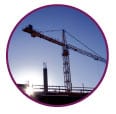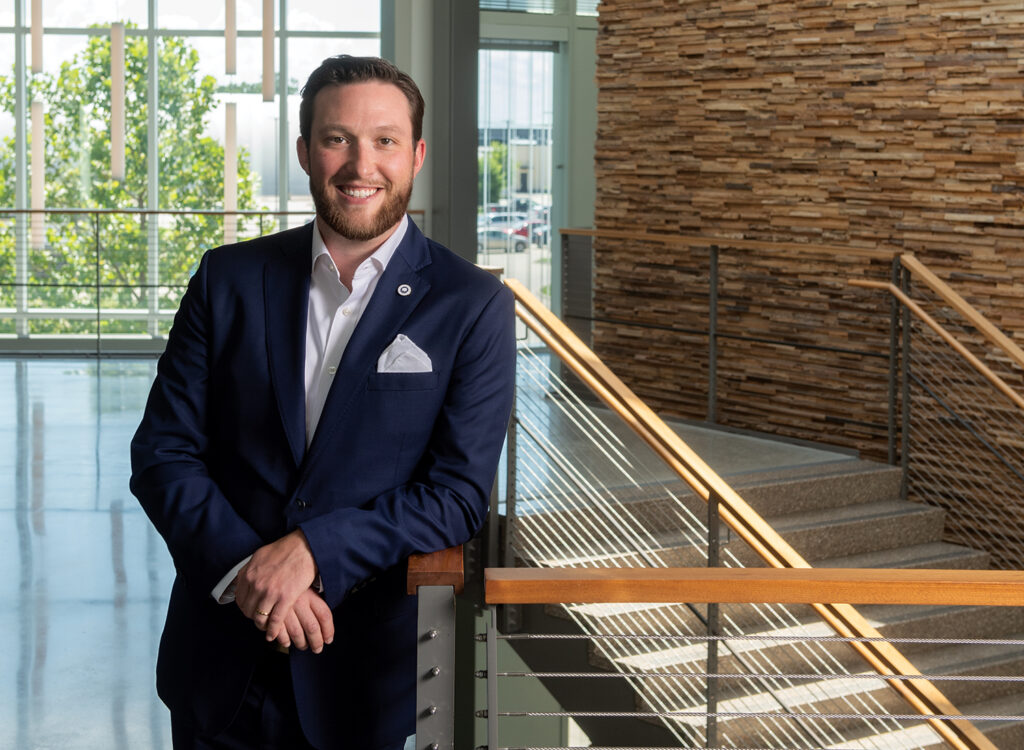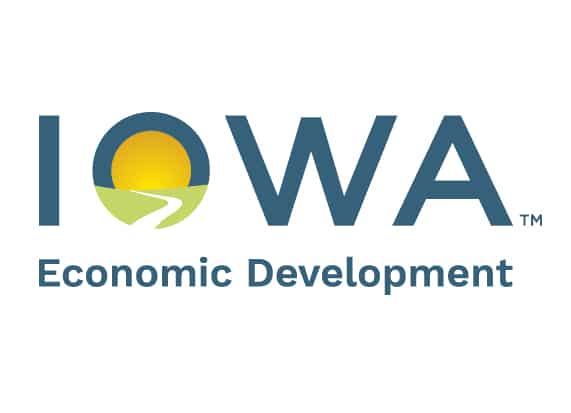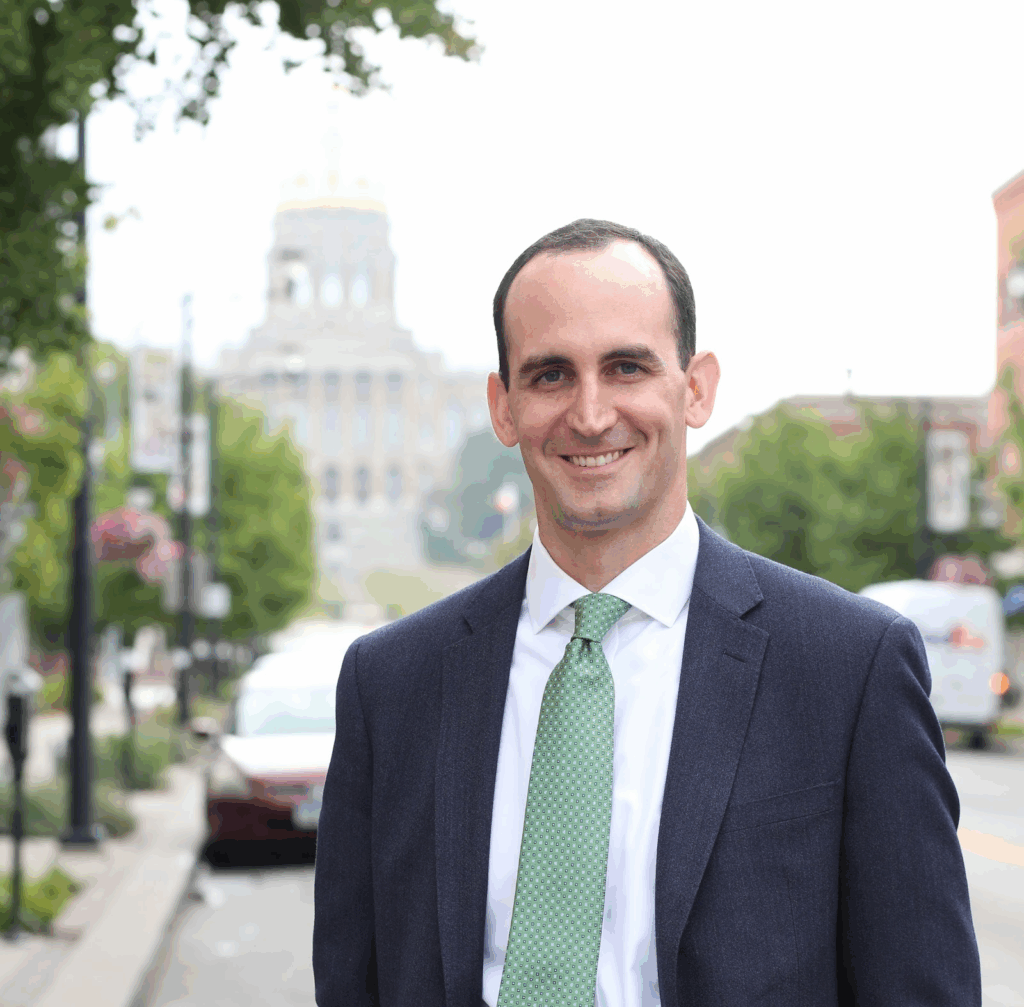Capital Crossroads: Capital Corridor
Capital Corridor aims to promote region's biotech, research strengths

What is Capital Crossroads?
Capital Crossroads is a regional planning effort headed up by leaders in Greater Des Moines and surrounding communities.
What is Capital Corridor?
The Capital Corridor section of the Capital Crossroads long-term plan looks at how Central Iowa can brand itself as a life- sciences hub that will attract talent from across the country.
EDITOR’s NOTE: this is the eighth installment in our series that aims to explore all 11 capitals of the capital crossroads regional planning effort. Read about the other capitals and see the full plan at www.BusinessRecord.com/CapitalCrossroads
If there’s one word that sums up the Capital Corridor initiative, it would be “opportunity.”
And if there are two leaders who know how to seize an opportunity, they are Steven Leath and Steve Zumbach.
As co-chairs of the Capital Corridor committee, Leath, Iowa State University’s president, and Zumbach, an attorney with Belin McCormick P.C., say the essential elements already are in place to brand the Ames-Des Moines region as a life sciences hub that will attract talent from across the country.
“If you look at the great economies in the country, or for that matter, the world, a great research university is going to be at the heart of that,” Zumbach said. “Also what you need is a strong economic base that can capitalize on the technology. If you have those two ingredients, the wind is, in fact, at your back.”
Leath has an accomplished track record for leveraging public-private partnerships to spur economic development. In his previous position as vice president of research for the University of North Carolina system, he played a key role in the development of the North Carolina Research Campus in Kannapolis, which over the years has generated more than 40,000 high-paying jobs in the biotechnology, nutrition and health-care industries.
“I think as we go forward, there’s enough proof and credibility that (a Central Iowa) corridor can happen and will happen,” Leath said. “So I think the project that Steve and I are co-chairing is really a case of focusing it and catalyzing it, because we have shown there is some reality here. What we’re trying to accomplish here is developing a plan, a focus, a vision and a collaborative structure where we really work to be more than the sum of the parts.”
The committee’s immediate task in the coming weeks will be to select and hire a marketing consultant to assist in developing a plan to promote the region, Zumbach said during a quarterly update meeting of the Capital Crossroads committees held on July 11..
Zumbach said he and other committee members are wrestling with how broad or focused the marketing effort should be.
“The advantages of going broad are that you can play to all of your strengths,” he said. “The good fortune that we have in Central Iowa is that we’re not dependent on one industry; we have success in multiple industries, anchored by great financial services that have powered our economy. So there are many things we are doing well, and we can play to multiple strengths.
“The disadvantage (of a broad approach) is that you’re less focused. When you’re trying to create an identity and in this case, attract the best scientists, companies and work force, clarity and focus can be important. So there’s a trade-off.”
Whatever vision is formed, it won’t be exclusionary, Leath said.
“If we focus on certain areas, it doesn’t mean that other areas can’t be brought along,” he said. “So we want to deliver the message right away that even if this (initiative) becomes focused on, say, agricultural biosciences, it doesn’t mean that we’re not receptive and won’t promote our other strengths. So the key is to develop a concept that excites people from the coasts to get them to take a look at what’s here. I think if we can get them here and show them what we’re capable of, the chance of recruiting them is very high.”
Leath, who reiterated to the Capital Crossroads committee his plan for hiring up to 300 additional faculty members within the next 18 months, said he feels the Capital Corridor initiative is perfectly aligned with his priorities for ISU.
“As we look to hiring faculty, it makes sense to look at aligning those hires with where this Capital Corridor project really needs to go, so that we basically synergize each other,” he said. “For instance, I’ve been talking to companies, asking where they see university hires can complement their strengths so that Central Iowa really becomes a team, not competing against each other in the same back yard.”
The consulting fee will be funded by the Greater Des Moines Partnership, which is currently in the process of a capital campaign it conducts every five years. It’s possible the Capital Corridor project may also require a separate fund-raising effort, Zumbach said. Both the consultant fee and a cost for the overall project cost are yet to be determined.
“Obviously, there aren’t unlimited funds for something like this, and we have to use our assets judiciously,” he said. “But at the same time, if there’s opportunity, we’re going to make the appropriate investment. We’re not going to go after this halfway; we’re going to spend the resources to get the job done.”
Along with the marketing effort, the Capital Corridor committee also will be working to advance legislation for key projects that align with development of a life sciences corridor. Iowa has the support of a powerful senior delegation in Washington, D.C., as well as a governor who supports economic development, Zumbach noted.
“I know Gov. Branstad is interested in economic development. If we came up with the right projects, this is a governor who will deploy assets where he sees opportunity,” he said. “So our task is to find high-impact projects that can not only benefit Central Iowa but the whole state.”
THE BREAKDOWN
The Capital Corridor section of the Capital Crossroads final plan document outlines three subsections. Here is a look at the components and what the capital co-chairs deem to be important in carrying out the plan.
Coordinate
• A group of economic developers from Ames-Story County, Greater Des Moines and communities along the Interstate 35 corridor – with a representative from Iowa State University – has been meeting regularly over the previous three years to discuss shared opportunities. This Ames-Des Moines Corridor Marketing Group (ADCMG) – potentially with key additions – should be considered as the principal coordination entity for the Capital Corridor development initiative. Consider rebranding the ADCMG as the Capital Corridor Development Council, or some other name to reflect the broadened mission, and formalize the group’s new role as coordinator of Capital Corridor development efforts. 
• Confirm a property inventory and list of current and planned developments along the corridor. Although the market will ultimately determine what land will sell along the corridor, confirming an understanding of existing land uses, major property owners and developments of size/significance either under way or planned will help inform corridor planning efforts.
• Foster virtual connections across the Capital Corridor. Research and catalog all existing Ames-Des Moines interrelationships on boards, commissions and other groups. Identify opportunities for greater cross-representation on appointed bodies and leverage existing organizations in both areas to host Central Iowa networking events.

• Create a brand for the Capital Corridor and aggressively leverage it in external marketing campaigns. The ADCMG is currently engaged in a corridor branding effort that would capture the focus of biosciences, including animal health, plant sciences, biofuels, food and nutrition. This effort should be fully leveraged for the Capital Crossroads strategy.
• Complement Capital Corridor efforts by launching an internal campaign to acknowledge and celebrate Central Iowa’s agricultural economy and related sectors. Multiple stakeholders commented that Greater Des Moines doesn’t understand or embrace its capacity as a global center of food policy and production.

• Fund and produce a conceptual Capital Corridor development plan. The conceptual land use plan would determine where development densities would make the most sense, where road and utilities infrastructure is needed and where residential, industrial, commercial and retail projects should be sited. Leverage the land use plan to work with public and private developers to optimize Interstate 35 development according to smart growth and sustainable principles.










